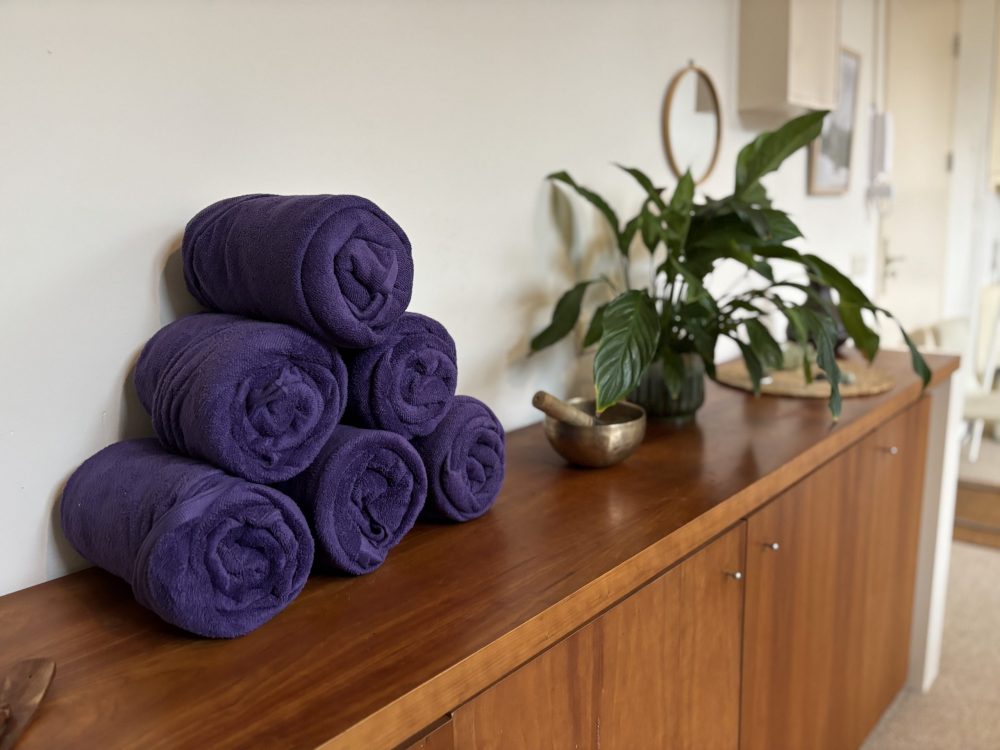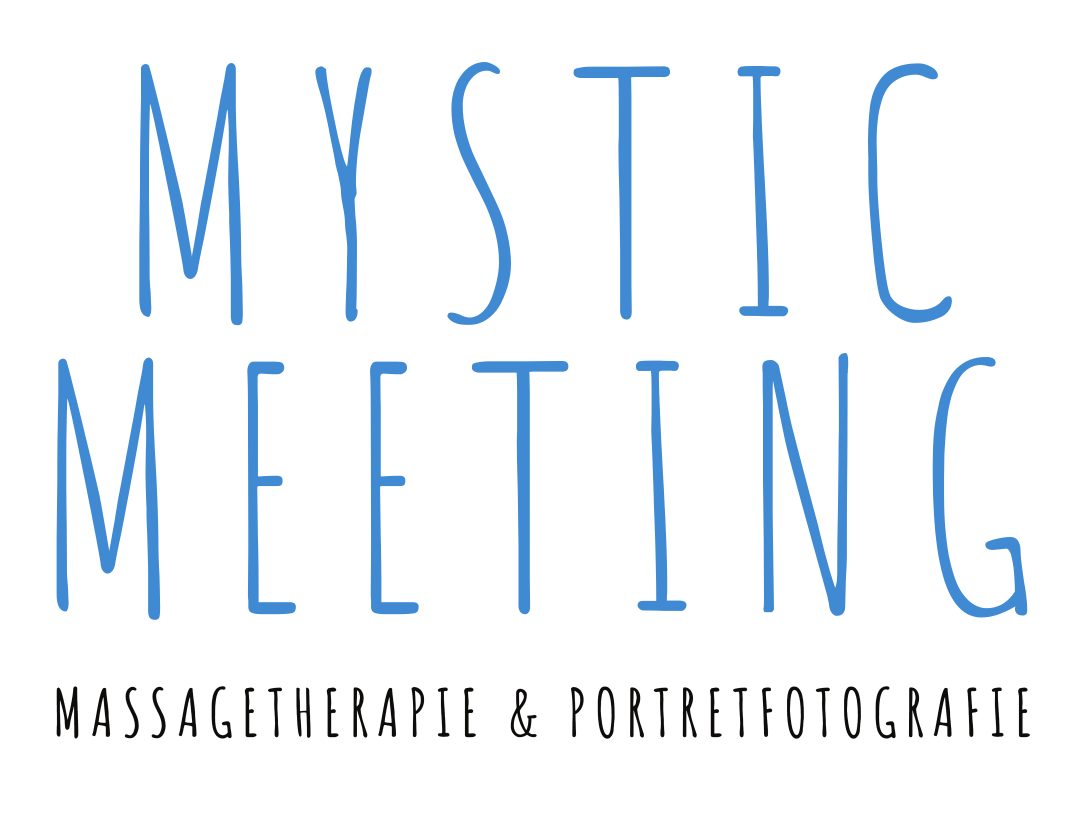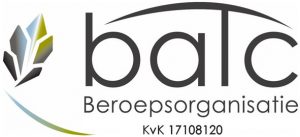Massage or Therapy?
Embodiment Therapy
Would you like to receive a treatment and discuss the possibilities for a long-term approach? In that case, book an intake session + treatment.
Read more about the rates and reimbursement options here.
Read more about themes and methods here.
Massage
In need of a low-threshold self-care session or curious to try a massage first? In that case, book a relaxation massage here.
Please note that pregnancy and relaxation massages are not covered by health insurance unless they are part of a therapeutic process (Embodiment Therapy) aimed at specific complaints or support needs.
How do I prepare?
It is important to inform me in advance about any medical conditions, use of medication, recent or upcoming surgeries, or pregnancy.
Preparation: It is advisable to avoid alcohol for at least 48 hours beforehand and to avoid coffee a few hours before the treatment. For an abdominal massage (Chi Nei Tsang), it is best not to eat at least an hour in advance.
After the treatment: Drink extra water for 48 hours. This helps replenish fluid levels, as the massage stimulates circulation and water is processed more quickly. I will also remind you of this immediately after the massage.
Is it easy to reach?
The practice is located on the 2nd floor of Domselaerstraat 30 in Amsterdam.
Treatments take place in a practice space with changing facilities. Unfortunately, there is no elevator available.
Public Transport: The practice is easily accessible by public transport. Amsterdam Muiderpoort train station is approximately a 3-minute walk away. The nearest stops are tram stop Wijttenbachstraat/Linnaeusstraat (tram lines 3 and 19) and bus stop Linnaeusstraat/Wijttenbachstraat (bus line 37). From these stops, it is about a 2-minute walk to the practice.
By Car: Domselaerstraat is located in the Oost district and can be reached via the A10 ring road, exit S113 (Watergraafsmeer).
Parking: Paid street parking applies in the immediate vicinity of the practice. Rates and times may vary; please check local parking meters for up-to-date information. For a more affordable option, you might consider parking at a P+R location and taking public transport for the final stretch.
By Bike: The practice is easily accessible by bike. There are ample bicycle parking options on the street or in nearby bike parking facilities.
Who is it for?
The treatments are intended for women, transgender, non-binary individuals, men, and anyone in need of relaxation and recovery.
How can I pay?
You can easily pay via a payment link sent directly after your session.
For the first treatment (introductory session), I kindly ask you to pay in advance. You will receive a payment link by email.
An invoice is available upon request and will be sent to you via email.
Read more about rates, insurance reimbursements, and billing details here.
Clothes on or off?
During the treatment, warm oil can be applied directly to the skin, while the rest of your body remains covered with towels.
You can use a screen for full privacy while changing.
You may also choose to wear loose clothing—for added comfort, skin sensitivity, or if you feel more at ease with more coverage.
We will discuss this together before each treatment, and I will advise you based on your needs.
Massage table or mat?
The choice between a massage table or a mat on the floor depends on your preferences and needs.
Massage table: Provides more support and comfort, ideal for relaxation and targeted treatments with oil.
Mat on the floor: Allows for greater freedom of movement and deeper pressure, also useful for dynamic techniques such as stretching and acupressure. (massage on the mat will be available from may 2025)
Together, we will determine what suits you best.
What do I feel during acupressure?
During acupressure, you may experience different sensations depending on the pressure technique and your body’s response.
With gentle, sustained pressure (sedating): You may feel a deep sense of relaxation, as if tension is slowly dissolving. This helps release blockages and reduce stress. Sometimes, you may feel a warm or tingling sensation in the treated area or further along the meridian.
With firm, short-term pressure or repeated stimulation (tonifying): This can have an activating effect. You might experience a slight electric tingling, pressure, or even a pleasant pain that stimulates energy and circulation. This is particularly helpful for fatigue or low energy.
Everyone experiences acupressure differently, and sensations may vary depending on the treatment and body area. The most important thing is to communicate what feels comfortable so we can adjust the pressure to your needs.
When not to get a massage
General Advice
If you are ill, it is advisable to consult your doctor first. Listen carefully to your body and inform me of any complaints in advance. By discussing and aligning expectations, you can fully enjoy a relaxing and responsible treatment.
When to Avoid a Massage?
There are situations where a massage should not be given. These so-called contraindications can be absolute (no massage possible) or relative (certain areas are avoided). If you have an absolute contraindication, it is advisable to consult your doctor before considering a massage:
Fever, flu, or severe cold → Massage stimulates circulation and may worsen symptoms.
Contagious skin conditions (such as fungal infections, boils, eczema with open wounds) → To prevent the spread of infection.
Heart conditions (such as a recent heart attack, severe arrhythmias) → Always consult your doctor before considering a massage.
Thrombosis or increased risk of blood clots → Massage may dislodge a clot, creating a dangerous situation.
Severe vascular disorders (such as aneurysm, deep vein thrombosis) → This can increase the risk of bleeding or blockages.
Bone fractures, severe bruises, or open wounds → Massage may disrupt the healing process.
Cancer (without consulting a doctor) → Specialized massage is required for cancer patients. Consult your treating physician first.
Acute inflammations in the body → Massage may worsen the infection by stimulating circulation.
When to Avoid Massage in Specific Areas?
With relative contraindications, massage is still possible but with adjustments. In some cases, certain body parts should be avoided, or a milder massage technique should be used:
Varicose veins → Avoid firm pressure on the legs, but a gentle massage on other areas may be possible.
Pregnancy → Special techniques and positions are needed, especially in the first trimester.
High or low blood pressure → Massage can affect blood pressure, so light techniques and regular monitoring are important.
Chronic conditions such as rheumatism, fibromyalgia, or osteoporosis → An adapted massage may provide relief, but firm pressure should be avoided.
Fresh surgical scars or recent surgeries → Massage around the area should be avoided to support the healing process.
Cancerous tumors (after consultation with a doctor) → If permitted, a gentle massage may provide relief.
Inflammation in joints or muscles → Massage on the inflamed area may worsen symptoms, but other body parts can still be treated.
Medication use (such as blood thinners, painkillers, or anti-inflammatory drugs) → Consult in advance, as massage may influence medication effects.
Aftercare
Aftercare following a Holistic Treatment:
After a massage, it’s possible that you may initially feel worse before you notice the benefits. This is completely normal and part of your body’s natural healing process. Here are some common reactions you may experience:
Headaches: This may be a result of dehydration. The increased blood flow during a massage can cause fluid to be redirected in your body. Be sure to drink plenty of water before and after the massage to minimize this side effect.
Fatigue: After a massage, your body may feel tired. This happens because your body is engaging its self-healing abilities, which takes energy. Consider it a sign that your body is working hard to recover. Make sure to rest and allow your body to recover properly.
Sore muscles or a bruised feeling: Similar to after an intense workout, micro-tears can occur in your muscles, leading to a bruised feeling. This is completely normal and indicates that your muscles are recovering. The recovery will be quick due to the increased blood circulation.
Emotional reactions: It is possible to feel more emotional after a massage. Massages bring you in touch with your body and may stir up old emotions that you may not have felt in a while. It’s important to give these emotions space and process them calmly.
What can you do?
- Drink plenty of water to prevent dehydration.
- Make sure to rest so your body can recover fully.
- Take time to reflect on what the massage has done for you, both physically and emotionally.
Although the side effects after a massage may not always be comfortable, they are an important part of the healing process. As you learn to listen to your body, you will notice that the massage ultimately brings positive effects.
Do you have another question or request? Feel free to contact us for customized options.






